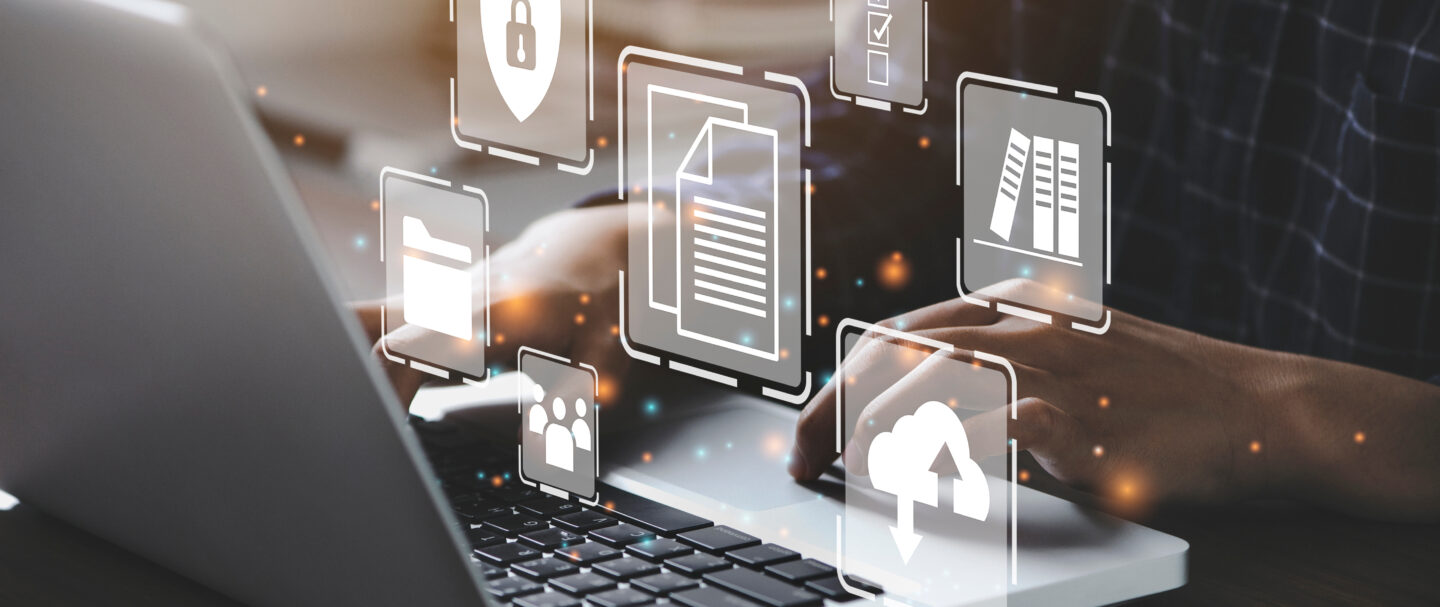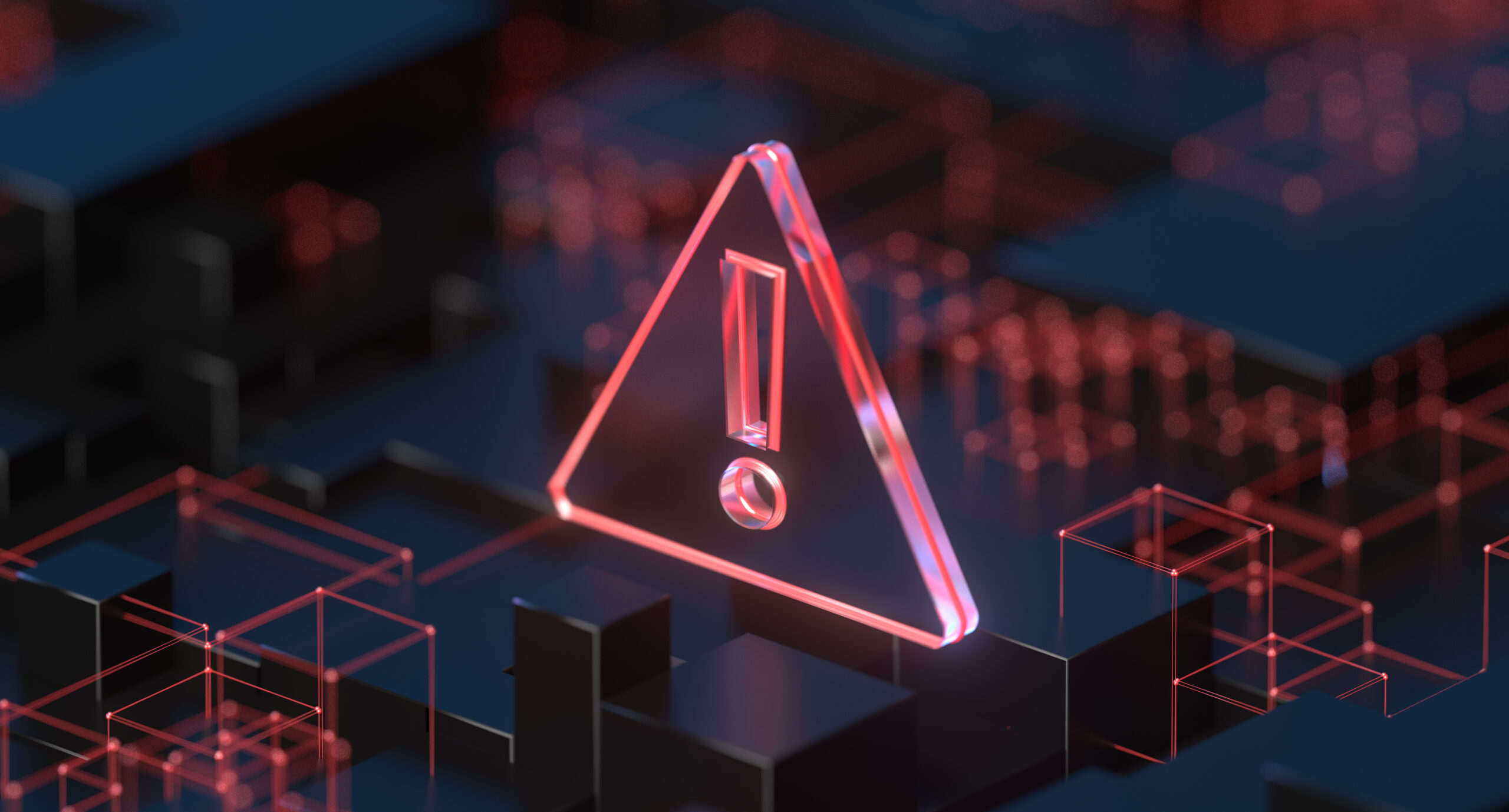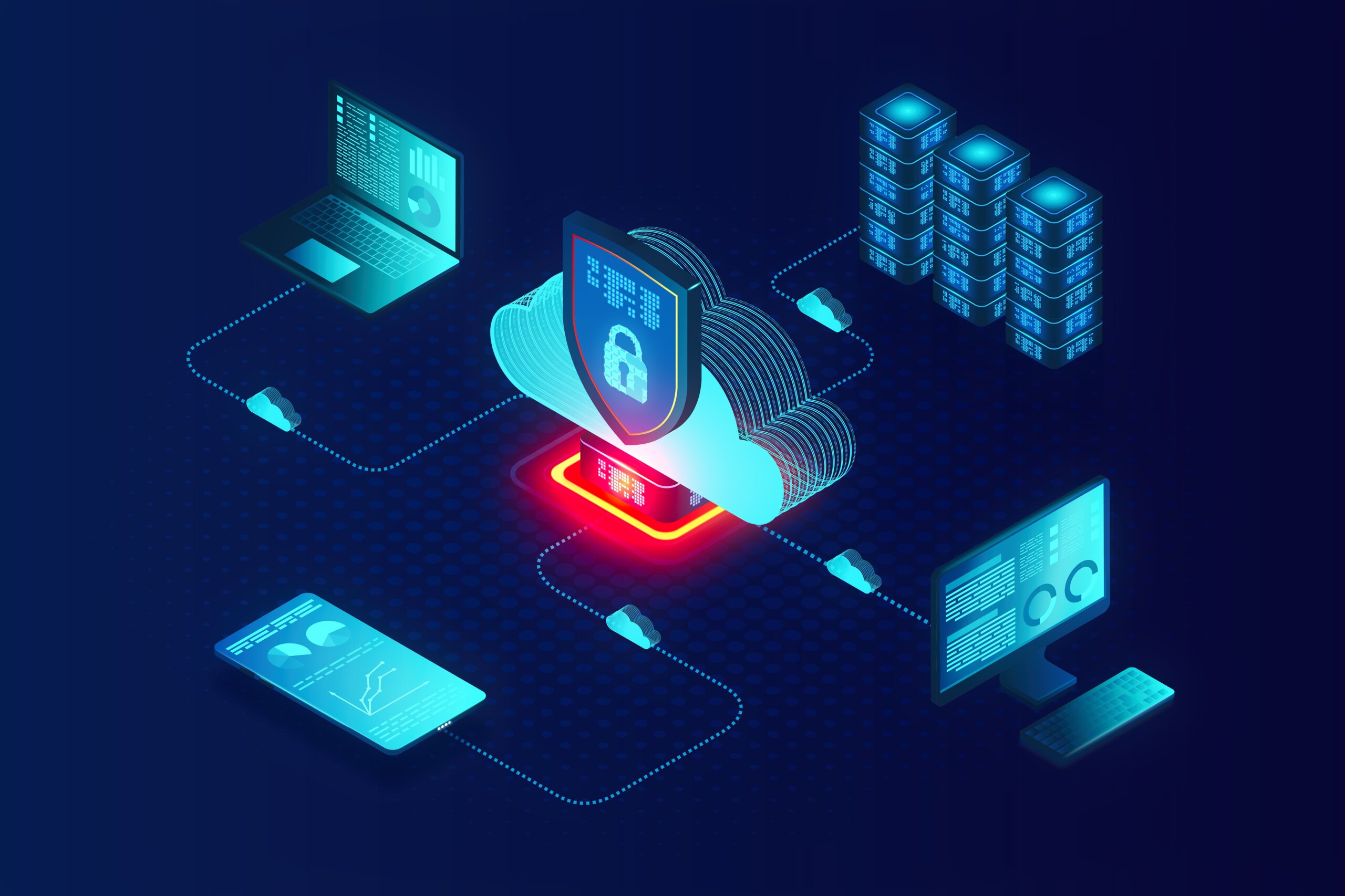
Securing remote access in an increasingly digital world

In today’s digital landscape, remote access to critical information infrastructure (CII) – both Information and Operational Technology (OT and IT) systems – has become increasingly important. This accessibility allows IT teams, third-party vendors, and suppliers to obtain the information they need to collaborate and communicate effectively. However, expanded access also introduces significant risks by creating new attack surfaces for cybercriminals to exploit.
These attacks, such as ransomware and malware, can have far-reaching consequences, especially when targeting critical systems like OT, which control physical processes and machinery in industries including energy, transportation, and manufacturing. In 2021, there were 64 publicly-reported OT cyberattacks, a 140% increase compared to 2020. About 35% of these incidents resulted in physical consequences, with estimated damages of US$140 million per event. These figures only represent the events that were made public; there were likely many more that were not disclosed. In addition, ransomware also impacted organisations in important industries including food manufacturing and supply chain.

Preventing unauthorized access to CII is essential to prevent data breaches and disruption to the normal functioning of critical systems and services. The integration of IT and OT systems in CII has increased the potential for cyber threats to impact physical processes and machinery, leading to severe consequences.
In this article, we will explore the significance of securing access to CII for the safety of IT and OT systems and provide actionable strategies to enhance visibility and control.
The risks of remote access
As organizations increasingly rely on remote access to CII, they expose themselves to various risks. Cybercriminals can exploit these enlarged attack surfaces to infiltrate networks and gain unauthorized access to critical systems and sensitive information, such as intellectual property, financial data, and industrial controls.
Traditional methods of remote access that are VPN-based often give unfettered network access once basic authentication has taken place. Their basic on/off nature lacks the granularity of privileges that fits modern organizations better.
The convergence of IT and OT networks amplifies these risks, as a breach in one area could potentially affect the other. Remote access not only heightens the likelihood of cyberattacks but also the potential severity of their consequences, particularly those targeting systems that manage critical processes and national services.
Understanding and mitigating all risk is essential for ensuring the safety and security of CII systems as a whole.

Strategies for securing remote access
Regularly update and patch systems
Keep software and systems as up-to-date as possible with the latest patches and security updates. (Legacy systems may no longer receive firmware or software updates or rely on an older OS or configuration that pose a security vulnerability for cyber adversaries to gain access to your network.) Flashing OT components can be especially problematic as updates can be potentially operationally disruptive. Nevertheless, regular patching and updating of all systems where it’s still possible to do so is crucial for closing security gaps in IT and OT and reducing the risk of remote access attacks.
Monitor network activity
Real-time network activity monitoring can help organizations detect and respond to potential threats before they escalate. Organizations can use advanced monitoring tools and cyber threat intelligence to identify unusual behavior patterns that flag issues, like unauthorized traffic, repeated failed access attempts, and anomalous outbound packets.
Privileged access management (PAM) and zero-trust
For remote access, many organizations rely on – or have rogue installations – of consumer-focused remote access tools. Like VPNs, these tools offer little resistance for an attacker to move throughout the organization should they have the right set of credentials.
To mitigate such threats, a growing number of organizations are implementing modern privileged access management solutions, including privileged remote access and privilege elevation controls. These solutions enable organizations to eliminate admin rights for the user (including credential obfuscation) and enforce least privilege. That helps prevent unauthorised access, reduces the attack surface and dismantles threats – without hindering user productivity.
Governance
Detailed session data should be captured in real-time or post-session, so providing an audit trail and session forensics. Record all privileged activities for compliance and logging purposes, including the behaviors of remote access users, details of every session down to protocol level to provide a canonical audit trail.

Choosing the right technology to secure remote workers
Securing an increasingly large number of remote connections to CII poses a significant challenge. Privileged remote access focuses on granting the right individuals the correct level of access to the appropriate systems at any precise moment. This approach enables just-in-time, zero-trust access to on-premises and cloud resources and allows for granular definition of user permissions and session duration. Consequently, privileges are never left unchecked, and user accounts don’t allow unfettered access for attackers to exploit.
BeyondTrust Privileged Remote Access delivers visibility and control over third-party vendor access, internal users, remote access, and infrastructure inside and outside the LAN. Organizations of all sizes use this solution to grant seamless access to essential assets while adhering to strict security and compliance standards. The platform features:
- Privileged access control – Grants necessary access without excessive permissions,
- Utilizes familiar tools – Maintains user workflows and efficiency without compromising security,
- Privileged password vaulting – Manages and rotates privileged credentials; integrates with BeyondTrust Password Safe for enhanced security.
- Audit & compliance capabilities – Generates audit trails, session forensics, and reports; access attestation reports to demonstrate compliance.
As the lines between IT and OT systems blur, businesses must adopt a comprehensive, WAN-wide approach to safeguard their critical information infrastructure from cyber threats. Check out this on-demand webinar to discover how you can better secure access to your critical infrastructure.
READ MORE
- 3 Steps to Successfully Automate Copilot for Microsoft 365 Implementation
- Trustworthy AI – the Promise of Enterprise-Friendly Generative Machine Learning with Dell and NVIDIA
- Strategies for Democratizing GenAI
- The criticality of endpoint management in cybersecurity and operations
- Ethical AI: The renewed importance of safeguarding data and customer privacy in Generative AI applications
